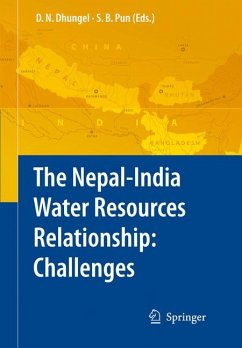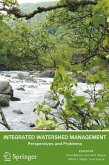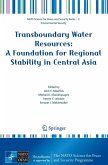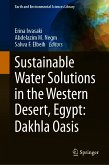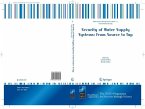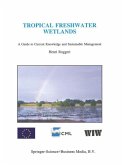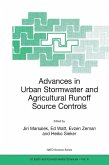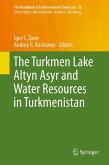There are both people-to-people and official aspects to the water resources relationship between Nepal and India, the former existing from time immemorial and the latter since at least the time of British India, as set down in a number of treaties.
The 11 chapters that make up this monograph provide a masterly guide to the entire spectrum of water resources relationship between Nepal and India: historical perspective, economic and development issues, flooding, hydropower and energy trading, seaport access via canals and waterways and personal reflections of the power interplay between the countries and an epilogue.
Audience: This book will be of interest to researchers and scientists, professionals and policymakers in water resources management and environmental science, conservation policy and development research.
Dieser Download kann aus rechtlichen Gründen nur mit Rechnungsadresse in A, B, BG, CY, CZ, D, DK, EW, E, FIN, F, GR, HR, H, IRL, I, LT, L, LR, M, NL, PL, P, R, S, SLO, SK ausgeliefert werden.

